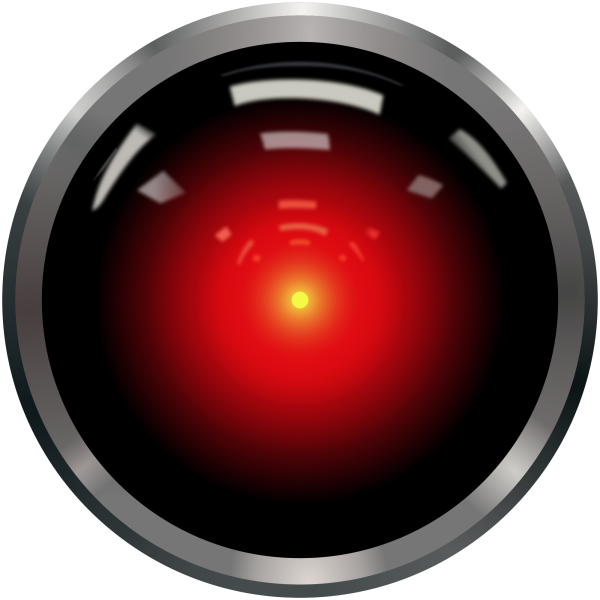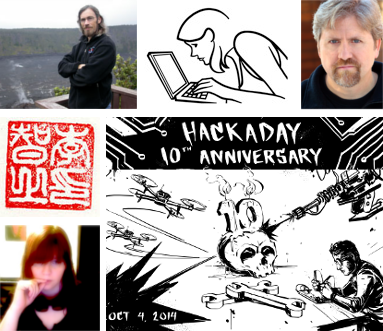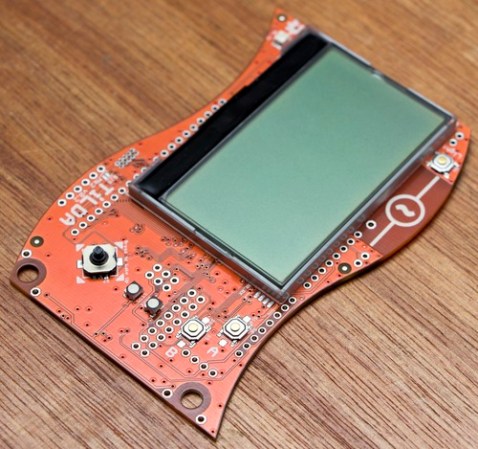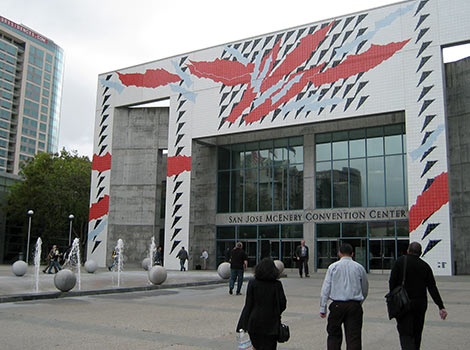If you’d like to spend four days learning from and picking the brains of a big group of well-known developers and open-source wizards for the low, low cost of absolutely free, keep reading.
The hack.summit() conference is a live, global event put on by the fine folks behind real-time programming assistance service hack.hands(). From December 1 to December 4, a wide range of speakers will present and answer democratically popularized questions over Crowdcast via Google+ Hangouts. Speakers in attendance include wiki inventor and Design Patterns pioneer [Ward Cunningham], Codeacademy founder [Ryan Bubinski], Google Glass creator [Tom Chi], Python Software Foundation’s [Alex Gaynor], and even the inimitable [Jon Skeet].
The goals for this conference are simple and admirable: to educate developers of all stripes about best practices, to encourage mentorship in the programming community, and to spread the joy of coding by supporting coding non-profits.
You can register for free simply by spreading the word through social media, but making a donation to the coding non-profit of your choice is definitely encouraged. There are many to great organizations to choose from such as CoderDojo (an easy choice for us). A tidy summary of the event is available at the hack.summit() FAQ(PDF).

















